Getting organized includes many things, but emergency planning is one that is often forgotten. To become fully organized, you must have a plan in place, in case of an emergency. Those who do, will feel more in control if an emergency should arise. Over the last several years, we’ve seen what Mother Nature is capable of. Tornados have leveled towns. Hurricanes, floods, and earthquakes have caused widespread destruction. And the list goes on. When (not if) a natural disaster or emergency arises, will you be prepared to deal with the loss of roadways, medical attention, water, food, and more? Don’t chance it. Take some time to set up an emergency preparedness survival station in your home and get your family prepared!
There are 7 main components of an emergency preparedness survival station. Click on the links below to get detailed information about each category.
- STORAGE (Shelving, Backpacks, and Bins)
- BASIC NEEDS (Food & Water)
- MEDICAL (First Aid Kit & Medicine)
- EMERGENCY BINDER & CASH (Important documents & a cash stash)
- SUPPLIES
- PET & HYGIENE KIT
- COMFORT (Clothing, Toys, Games)
Where will your emergency preparedness survival station be located? Designate a space in your home, close to the exit (garage or hall closet is best), for your station. Once you’ve decided on a space, you will need to set up storage.
- Purchase or repurpose a shelf to store everything.
- Purchase or reuse 1 backpack for each family member/pet.
- Collect at least 3 large storage bins for supplies, etc.
- Attach a name tag to each backpack. (Include parents number/address & extended family members contact number).
The second step to creating an Emergency Preparedness Survival Station for your home is stocking up on emergency food & water. The purpose for this station is to have the means to survive an emergency for at least 72 hours, all in one place. In other words, you need enough food and water to last you at least 72 hours. Water is essential to life. Without it, you will not survive. You need to know how much to store and how to purify it if you run out of “clean” water. You also need to store at least 3 days worth of “easy to prepare” food (with a long shelf life).
- Stockpile water – 1 gallon/person/day (3 days minimum). FEMA suggests storing at least a 2 week supply.
- Store regular bleach, medicine dropper or medicine cup in the ESS (Emergency Survival Station). Add bleach to a small bottle. (Keep in adult backpacks for water purification).
- Add water purification tablets to each backpack.
- Add coffee filters to each backpack.
- Place one can opener in each backpack.
- Store 3 days’ worth of shelf stable food in each backpack.
- For details about food supply and water purification, read here.
Step 3 – Set up a First Aid Kit
The third step to creating an emergency survival station for your home is to put together a well-stocked First Aid Kit. If there is an emergency and the Paramedics are unable to get to you, you may need to know how to apply basic first aid or give needed medications. A well-stocked First Aid Kit may be the difference between life and death.
- Choose a box for your First Aid Kit.
- Gather your medications & supplies, then organize them into separate compartments, boxes, or baggies.
- Make a list of what medications you have and the expiration date for each. (Include this sheet in your Emergency Binder).
- Label each compartment.
- See my post here for detailed instructions on how to set up a first aid kit.
Step 4 – Emergency Binder and Cash Stash
The forth step to creating an emergency survival station for your home is putting together an important documents folder for each backpack, one emergency binder (for important personal information) to go in an adult backpack & start a (small bill) cash reserve. If for some reason your family gets separated, all family members have cash & emergency information. If the power goes out you will not be able to use your credit card. Cash may be the only option.
- Obtain folders (one for each backpack). You will place copies of medical & family information in them.
- Photocopy “Important Documents” (below) from your personal files.
- Print & fill out printables (if you have the E-Book) & add personal information as directed. If you do not have the emergency preparedness e-book, see below (Important information to have).
- Add 2 ($1) bills to each backpack every payday (at least $100/per person goal). You can keep the cash in another location where it’s easy to access.
- Print out a recent individual & family picture and place in each folder.
- Designate an “Emergency Binder” to keep important family documents (including marriage license, birth certificates, SS cards, etc). You only need 1 binder for these documents.
- Click here to get detailed information about how to set up an emergency binder.
- Learn how to back up important documents for emergencies here.
During a disaster or emergency situation, you may need to survive an extended period of time without power, city water, or gas. This could happen (very likely), so you should gather up supplies to survive this time, well in advance. You will need certain tools & supplies that you may not be able to find after a disaster. Now is the time to get prepared. You never know when an emergency will occur & it could take hours, days, or even weeks to regain utilities, so your family needs to be ready! You should keep all of your emergency supplies in one location. If there ever comes a time when you need them, you will not have to go searching around to find them. It wastes valuable time. I created a list of supplies you may need in an emergency situation.
- Collect 2-3 bins to keep your supplies in. By doing this, the weight is evenly distributed so if you have to leave your home, it will be much easier to transport them. Older family members can each carry a bin.
- Shop for your supplies. There are many stores that carry these items. Don’t forget to look online.
- Organize the supplies into the bins & backpacks.
- For detailed instructions on emergency supplies, read here.
Step 6 – Pet Kit and Hygiene Kit
If you are in a natural disaster or emergency and you need to leave your home quickly, you will need a hygiene kit that will serve your needs for at least 72 hours. Trust me, you need a hygiene kit! You will also need a pet survival kit for your 4 legged furry friends. Make sure to place a hygiene kit in each backpack.
- Gather your pet’s health history & immunization records. Photocopy them & place in emergency binder.
- Gather contents for your pet backpack. List below.
- Collect items for your hygiene kits & place in backpacks.
- Get a detailed list of pet and hygiene kits here.
- Learn more about disaster planning for your pets here.
A comfort kit contains a dry set of clothes & shoes, a favorite toy or book, and a game to pass the time. Stock your comfort kit with items your family may like to have while away from home. The purpose of this kit is to “grab and go” if you are in an emergency. If you are in a true emergency, you may not have time to pack a bag. When we were in Hurricane Floyd in 1999, we were rescued from our home with only the clothes on our back. We didn’t have a 72 hour kit or a comfort kit. We ended up sleeping on the floor of a gymnasium with the soaked clothes on our back. I wish I had a comfort kit during that time. Also, after a natural disaster or emergency, children may not have access to toys or games. They will get bored easily and it’s best to keep their minds busy during a stressful time like this. So prepare a fun kit just in case!
I have shared how my family is prepared for an unexpected emergency or natural disaster. We have designated a space in our home for the station, built our 72 hour kits, stored the necessary amounts of water and supplies, gathered up all the important documents we need, as well as added comfort items, hygiene kits, and pet kits to our station. I cannot stress the importance of creating your own Emergency Preparedness Survival Station. Get the family involved and start planning yours today! If you would like to print out the plan, you can find all of the details, checklists, and printables in my Emergency Preparedness E-book, or simply follow along here on the blog.
Tags: emergency preparedness
Blog, emergency preparedness, October 2015 Posted in
11 comments


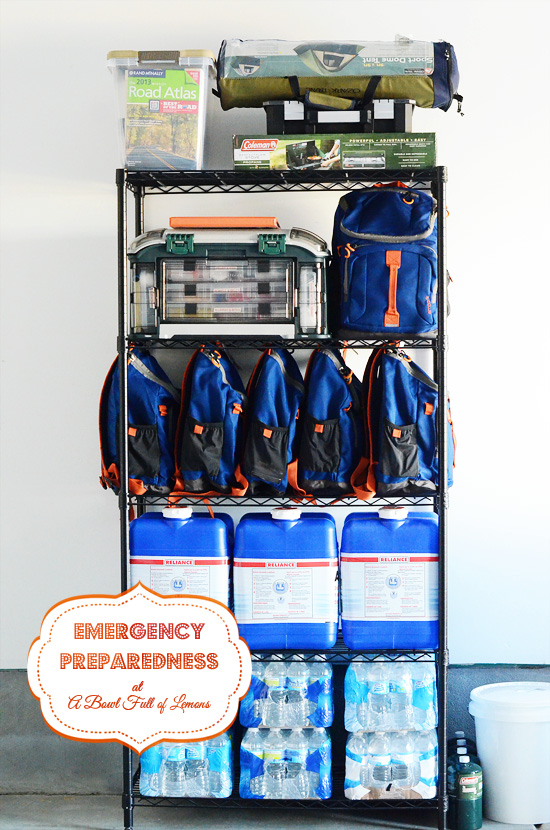
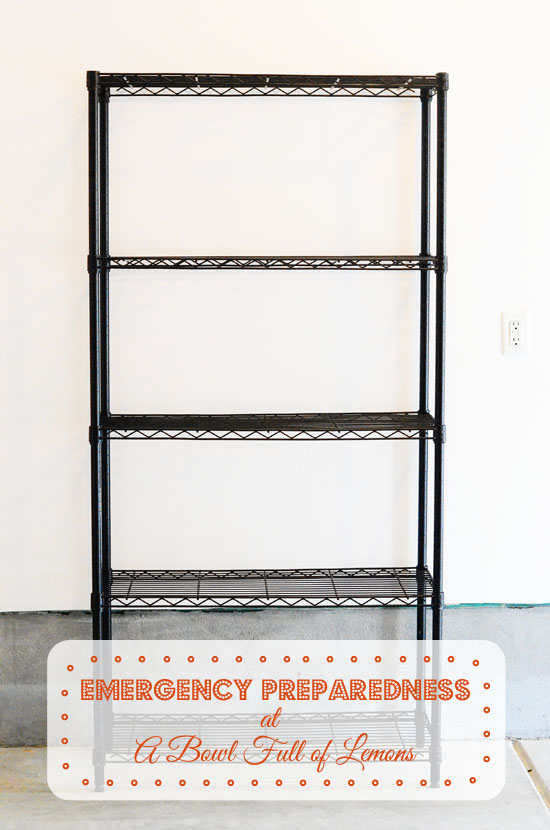
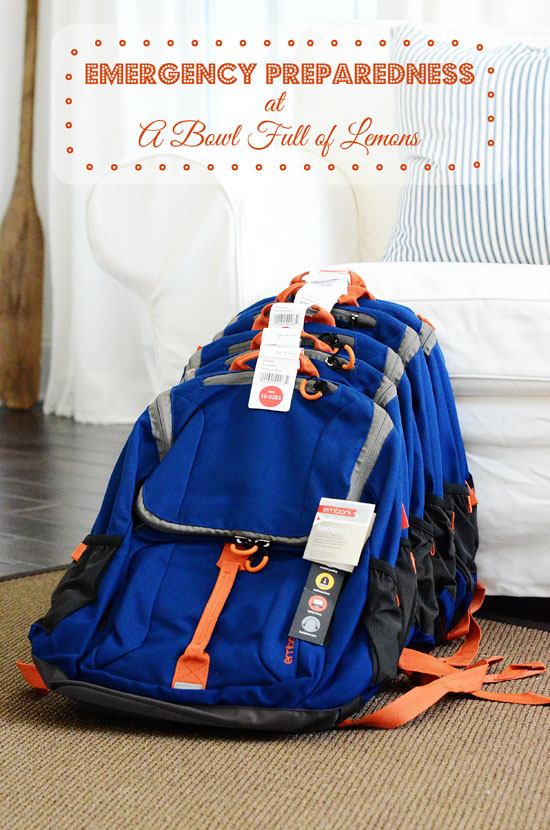
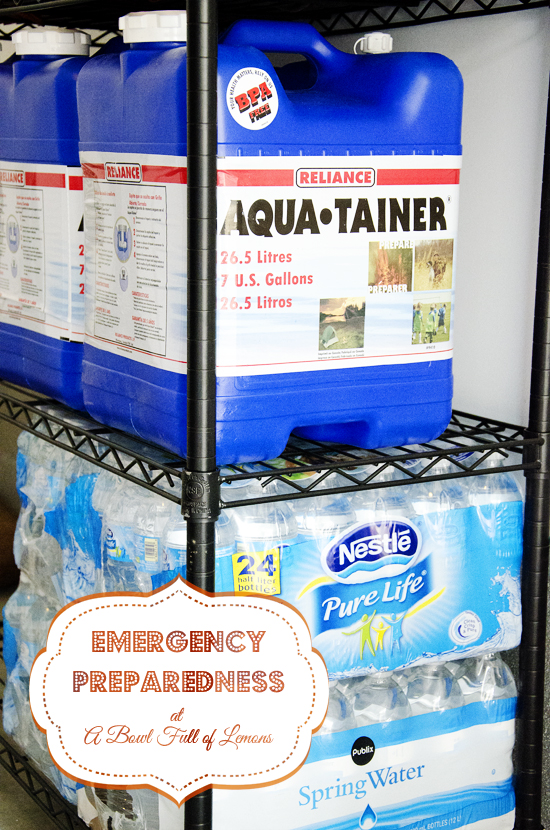
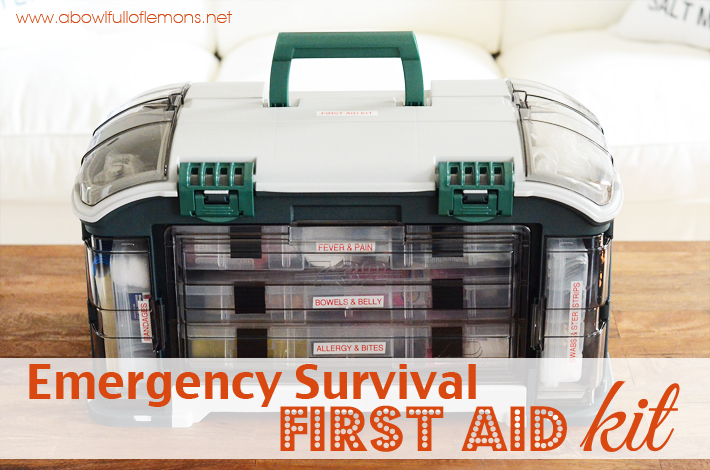
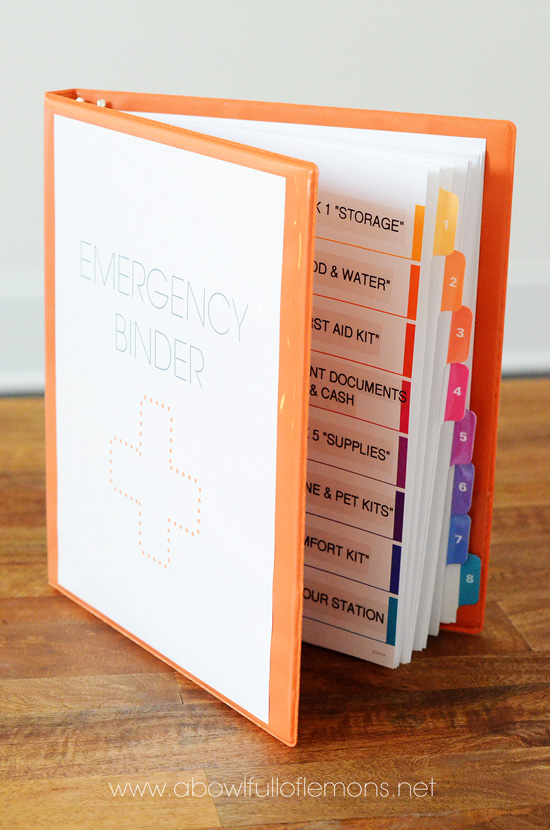
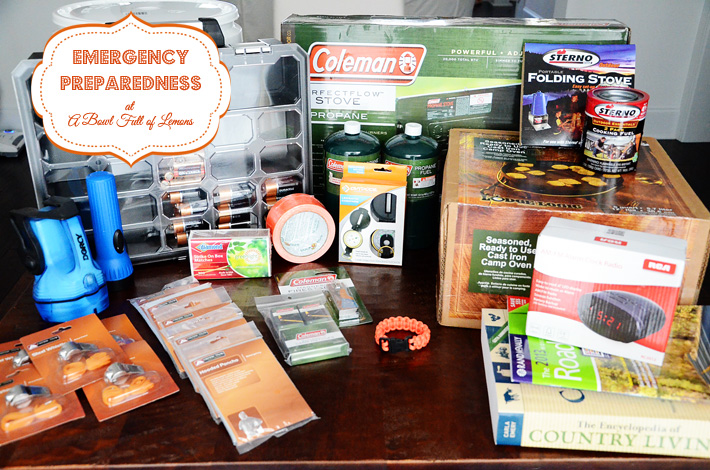
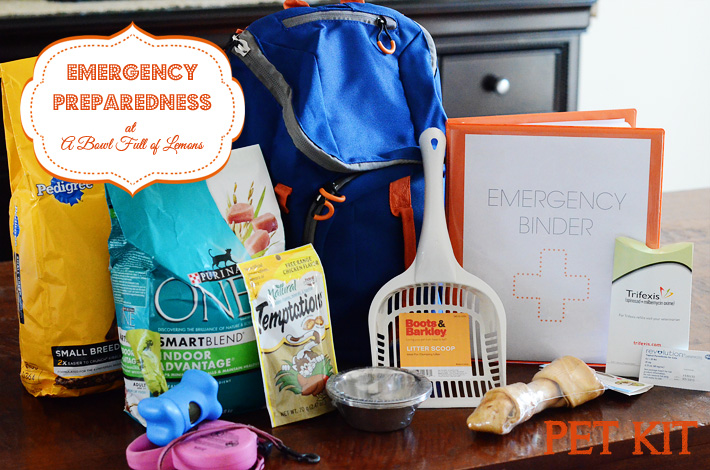
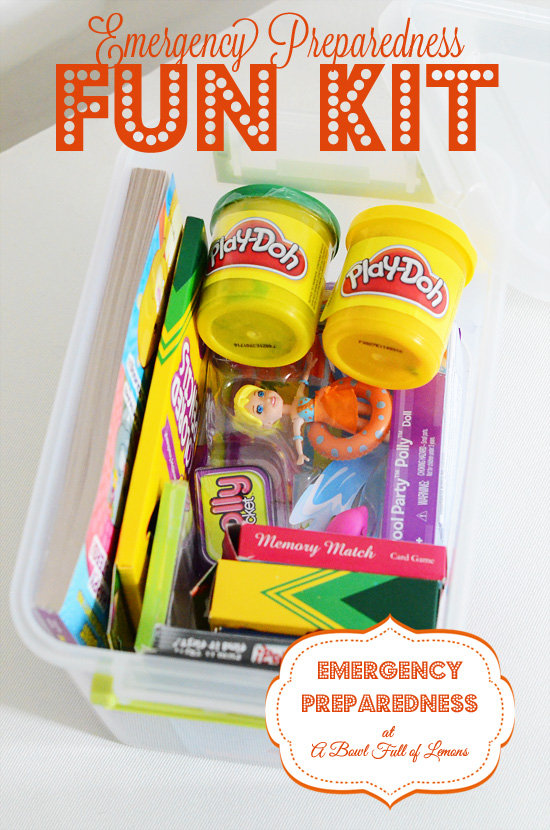





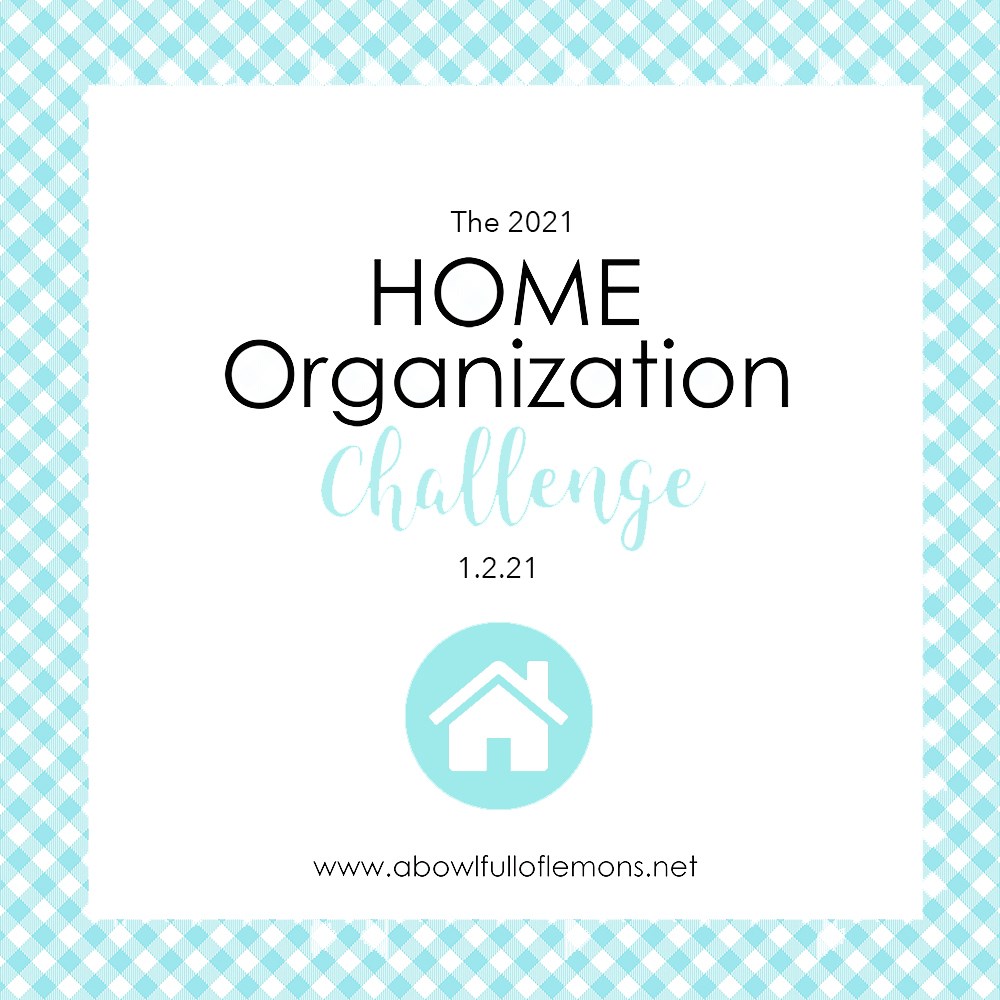
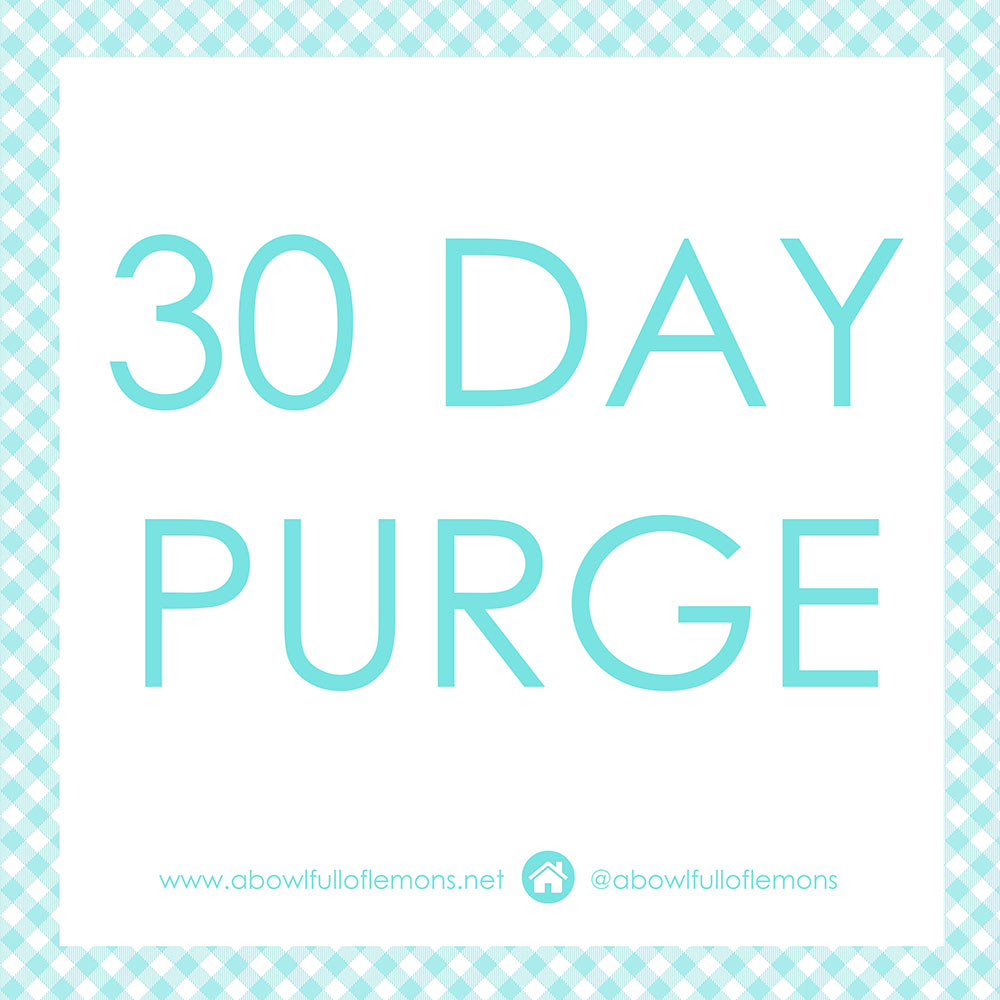

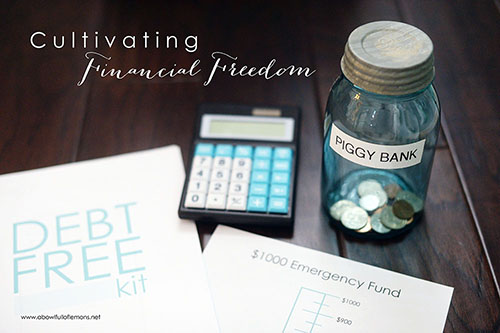
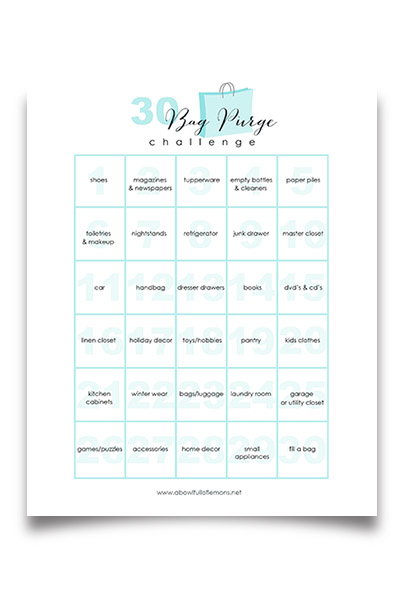
I was very moved by reading your post. We live in England and with the exception of heavy snow and flooding, we don’t have natural disasters. That said, although we are not prone to hurricanes etc, there are some important points in your post that I will certainly implement. Photocopies of important documentation, recent family photographs amongst them. I cannot imagine how horrific it must have been to be rescued, following a hurricane. Your Emergency Survival list has resonated with me about the need to be prepared. Thank you. I pray that you will never have to do through the experience of Hurricane Floyd again. Sammie x
Awesome tips! I really need to do this in my own home. Thanks for the motivation.
Thanks so much for this. I think this is the best emergency blog article on the Internet!
Wow! I love the organization of everything. Definitely clipping to Evernote! The only thing I think I would have in addition to everything else would be backup batteries for my mobile devices. I know that I would want to try to contact someone in case of a disaster. Maybe even a prepaid phone.
I agree with you. As long as power/signal lines aren’t damaged, communication really is important.
Awesome tips!!! will definately do it! thanks!
Do you occasionally swap out the bottled water and food for fresher ones?
Definitely!
Would it be possible for you to add a Pinterest link to this post?
I guess everyone must have their own Survival Stations in their respective homes. I don’t have an excuse to pass to this one. Happenings nowadays are unexpected so better ready than sorry. Thanks for these setups!
This is great. Helpful, straight forward and achieveable. Thankyou. I have a wind up/ solar chargeable radio/phone charger/torch which I would recommend! Having been through some close calls re bushfires I would recommend learning how useful social media can be if connections are not lost. It has proved very useful during past events to keep track of family and friends. Many local emergency services can provide warnings, updated information, even maps. So being aware of what likely threats might be faced by my family, at home and on holiday really helps. 🙂